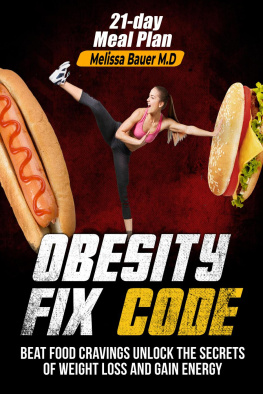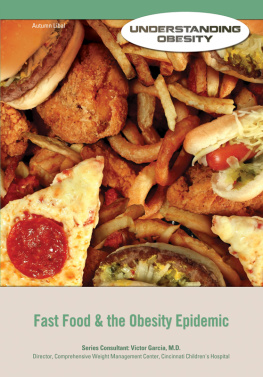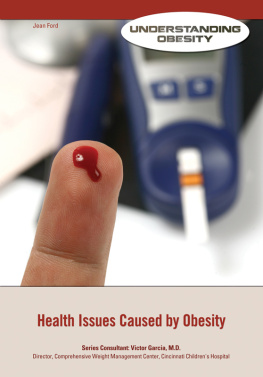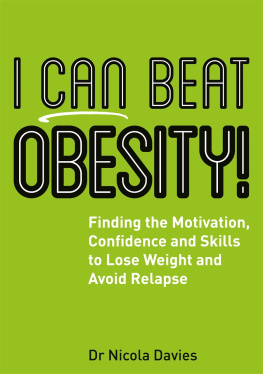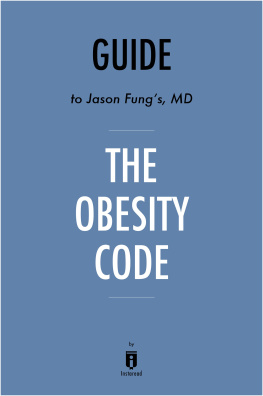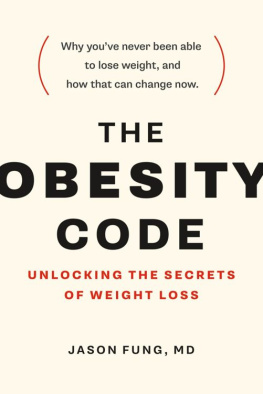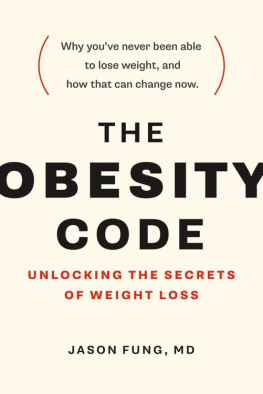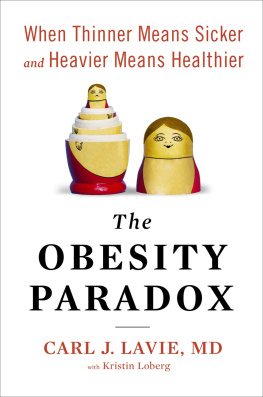Obesity
Fix Code
Beat Food Cravings, unlock the Secrets of Weight Loss and Gain Energy.
With Practical 21-Day Meal Plan...
By
Melissa Bauer M.D
Copyright 2022 by: Melissa Bauer
Ebook ISBN: 978-1-956677-55-3
All rights reserved. This book or any portion thereof may not be reproduced or used in any manner whatsoever without the express written permission of the publisher except for the use of brief quotations in a book review.
Disclaimer:
The information provided in this book is designed to provide helpful information on the subjects discussed. The publisher and author are not responsible for any specific health or allergy needs that may require medical supervision and are not liable for any damages or negative consequences from any treatment, action, application or preparation, to any person reading or following the information in this book.
Table of Contents

N ew Studies Shows that 1 in 4 Americans qualified as obese in the first half of 2020. Thats approximately 130 million people, or 39% of the country. In Recent Decades, Obesity rates have doubled in adults and tripled in Children. If all those people held hands, they would circle the globe 3 times over.
In Americas top 10 fattest states, the number of obese people rises to 1 in 3. 2.8 million more people became obese from 2017 to 2020, enough to fill 164 football field.
Not all cases of obesity are caused by a lack of willpower. Although overeating can lead to obesity, many other risk factors are responsible for it. A person's tendency to become fat can be influenced by genetics, social and cultural influences, poor eating habits, and a lack of physical activity. Additionally, several drugs such as contraceptives, and health issues such as polycystic ovarian syndrome can make a person gain too much weight.
You can significantly lower your risk of obesity by losing weight and enhancing your health. Keep in mind that obesity does not mean the same thing as being overweight even though both words are used to describe a person's weight when it exceeds what is deemed healthy.
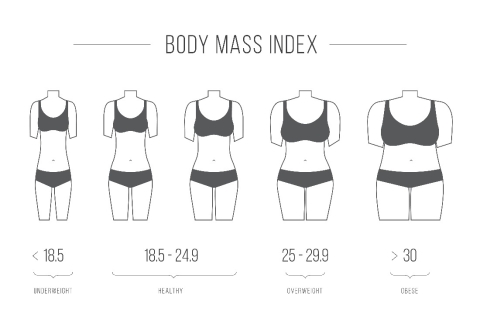
Your body mass index (BMI) determines whether or not you are obese or overweight. This BMI is the relationship between your weight and height, and it can be used to diagnose obesity.
A BMI between 25 and 29.9 indicates that you are overweight, and a BMI of 30 or above is an indicator of obesity. You need to know your BMI so you can avoid the health risks associated with unhealthy fat. Children who are obese are more likely to become obese adults and are at risk for the numerous health issues connected to obesity.
Obesity is a serious health risk. It exposes you to many health challenges by increasing your susceptibility to them, including heart disease, breathing difficulties, high blood pressure, type 2 diabetes, gallbladder disease, high blood pressure, strokes, and some types of cancer such as colorectal cancer, liver cancer, multiple myeloma, postmenopausal breast cancer, pancreatic cancer, etcetera.
Being obese can also affect your daily activities and make life more difficult as it increases the chance of developing illnesses such as osteoarthritis, sleep apnea, and chronic back pain, which can make it challenging to do basic activities such as exercising, climbing stairs, and even getting a decent night's sleep.
Obesity also has significant emotional and mental side effects as it can lead to low self-esteem, depression, anxiety, and social isolation, especially amongst children and teenagers.
A person's fertility can also be affected by their weight. Being overweight might make it challenging for a male to produce an adequate quantity of healthy sperm or for a female to get pregnant.
There is a core reason we get obese and why it stays despite our efforts to reduce our body weight, and these and more are revealed in this piece. It will do you good to keep reading.
H erein lies the events that trigger obesity and the things to do to either end the cycle of obesity or maintain it; it all depends on the individual.
The first chapter explains in detail what is obesity, obesity in modern times, and the genetics of obesity. Chapter two goes further to speak about the cause and effect of obesity, the food that enhances obesity, and identifying sugars refined sugars and sugar sweeteners and refined oils and trans fats.
The third chapter talks about calories, calorie counting, and weight gain, why calorie counting doesnt work, overfeeding paradox, and obesity myth busters. The fourth chapter delves deeper into the secret behind obesity by discussing obesity and hormones, gut hormones and obesity, estrogen and obesity, hormonal weight gain symptoms, and the hormones responsible for weight loss in both males and females.
The subsequent chapter reveals the fats that cause weight gain and fats that make one lose weight, different types of fats, brown fat, and white fat, how much fat you need, and low fat and high-fat diet. Also included are the correlation between social media and obesity, social media and childhood obesity, social media and obesity in adults, and technology and obesity statistics. The deadly effects of modern diet fads are exposed, the diet soda delusion, and the meaning of obesophobia with key takeaways.
Importantly the key to unlocking real weight loss is outlined, structuring a diet for sustainable weight loss, how to get lean muscles, ways to reset your hormone for ultimate weight loss, 6 fat-burning hormones, Obesity Fix Code, a weight loss plan that works; a 21-Day Obesity Fix Code Diet plan, breakfast options, lunch options, dinner options, snack options, a 21-Day meal plan, an effective 15-minute workout routine, ways to easily fight sugar cravings, and better ways to read food labels for better understanding.
This book is written in a bid to address the erroneous mindset many have about obesity and how to tackle it.
Next page
